
Where We Be
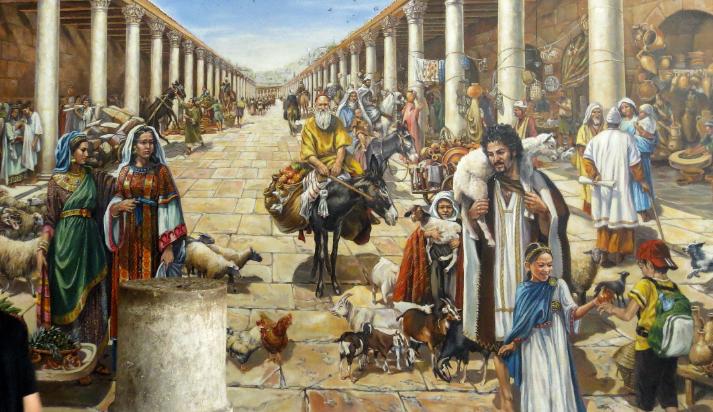
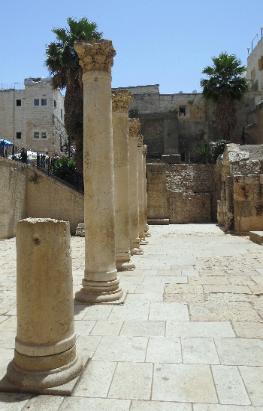
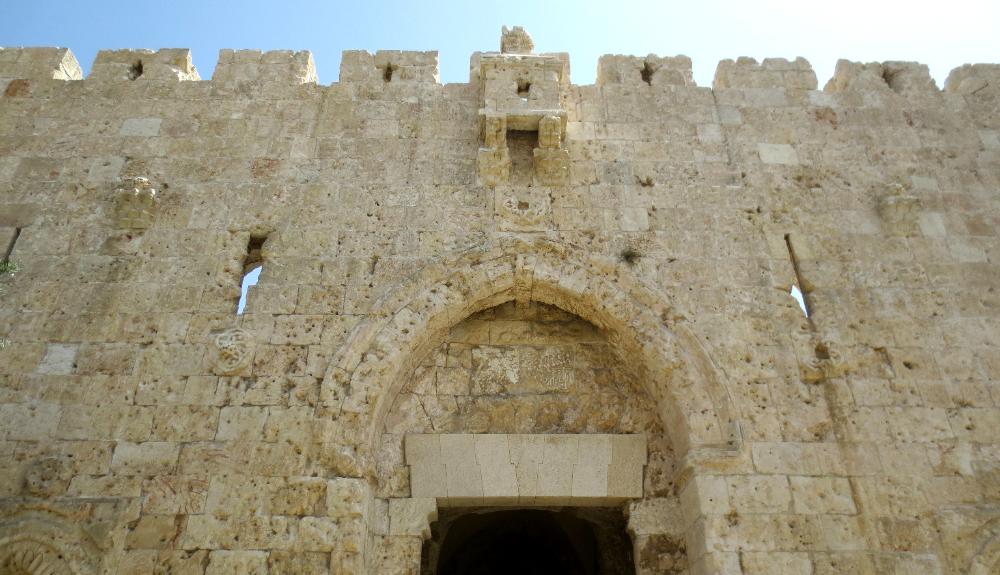
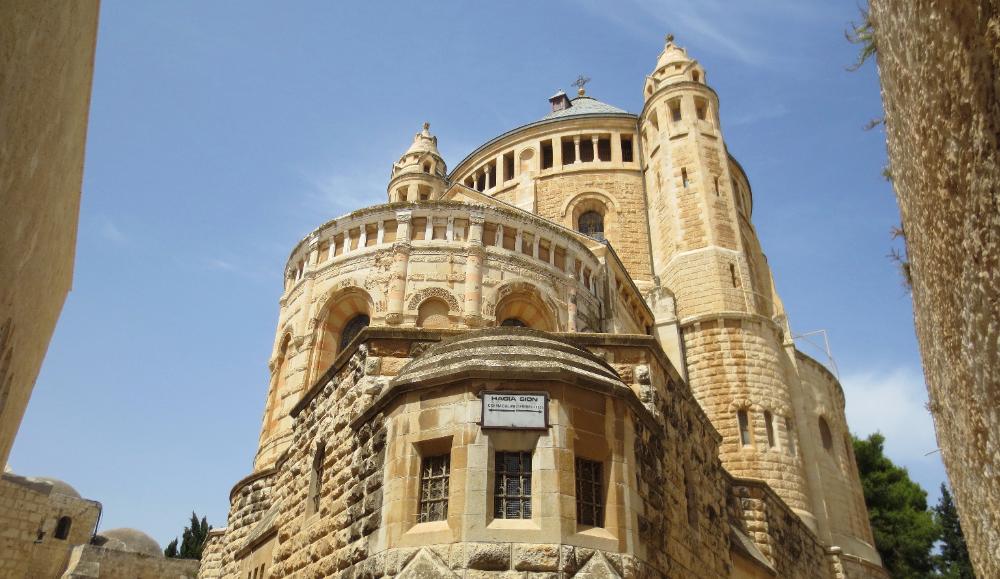
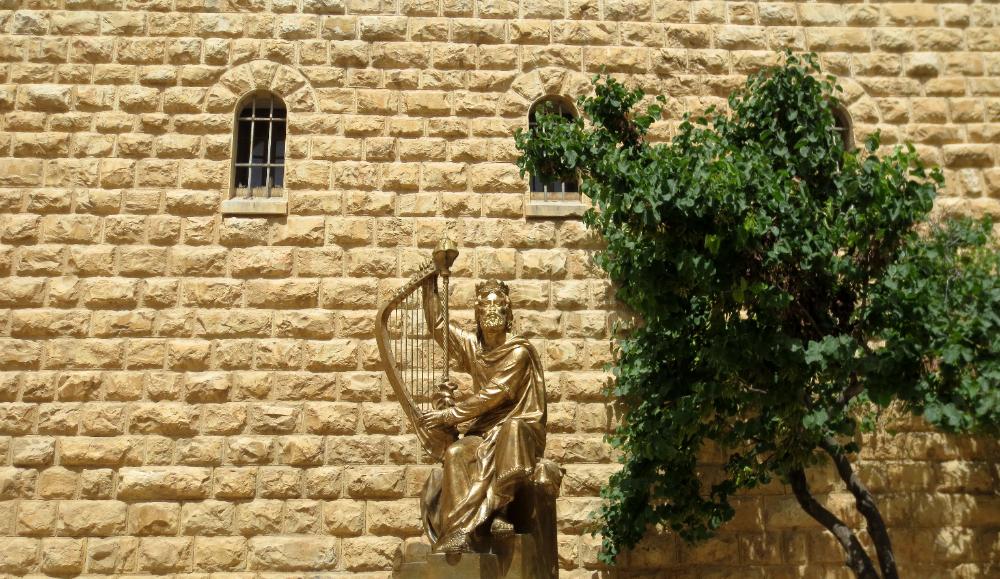
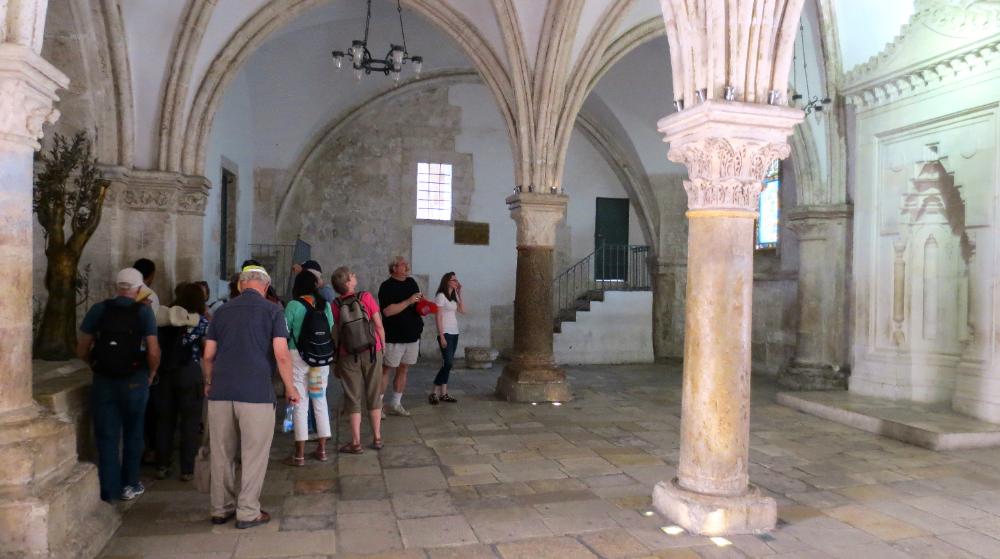
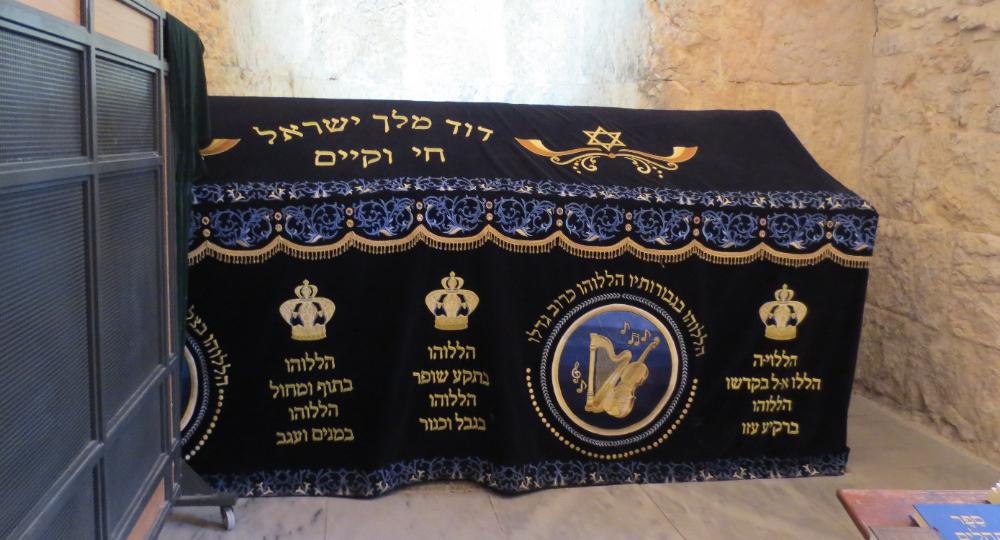
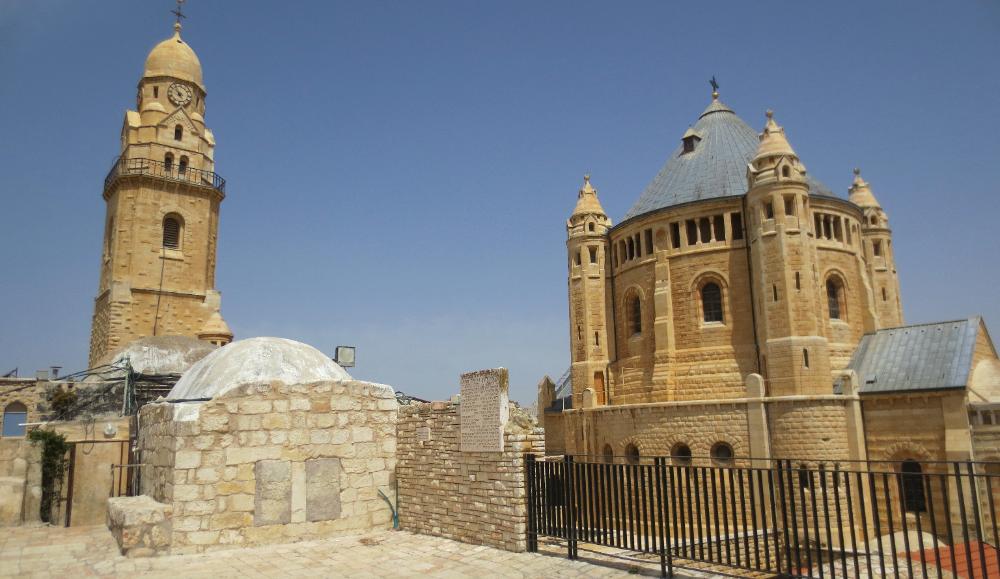
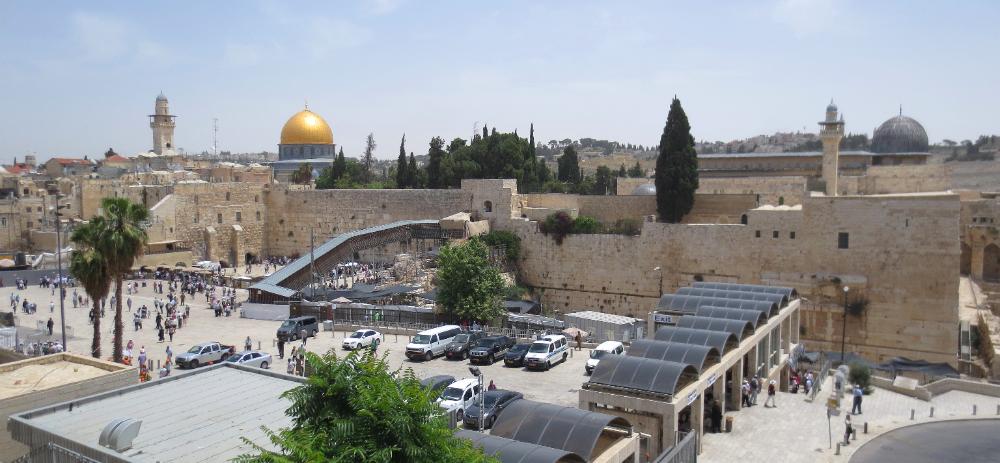
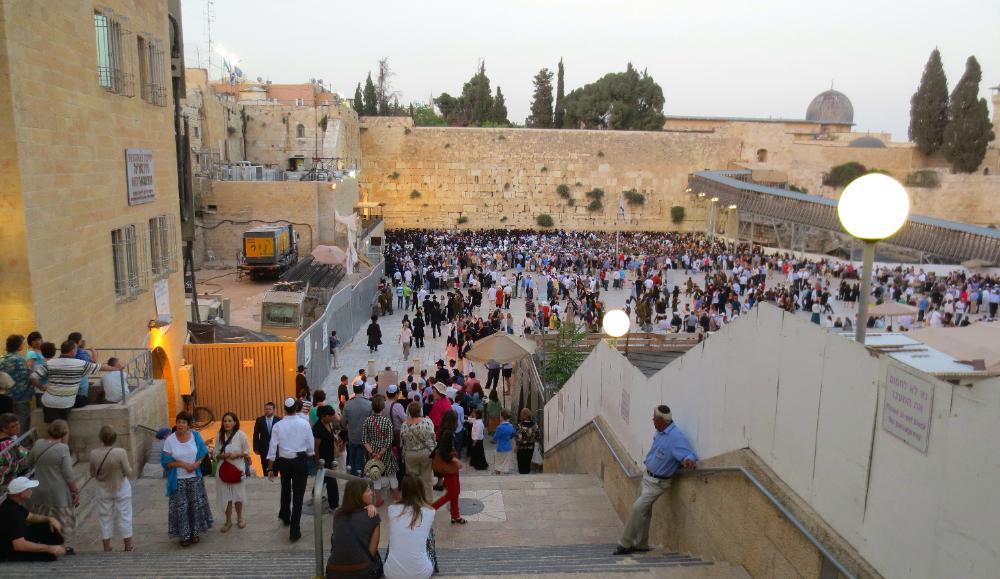
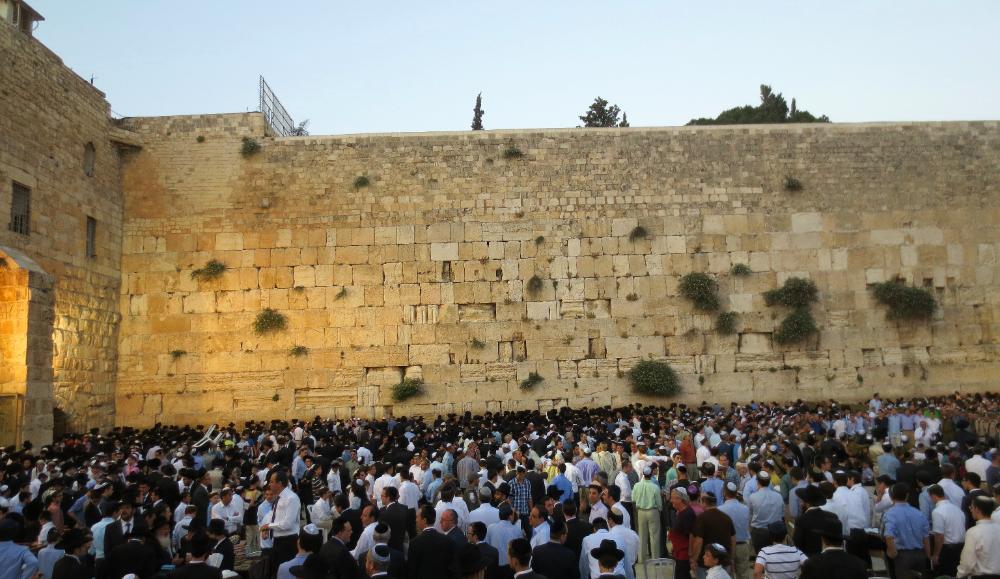
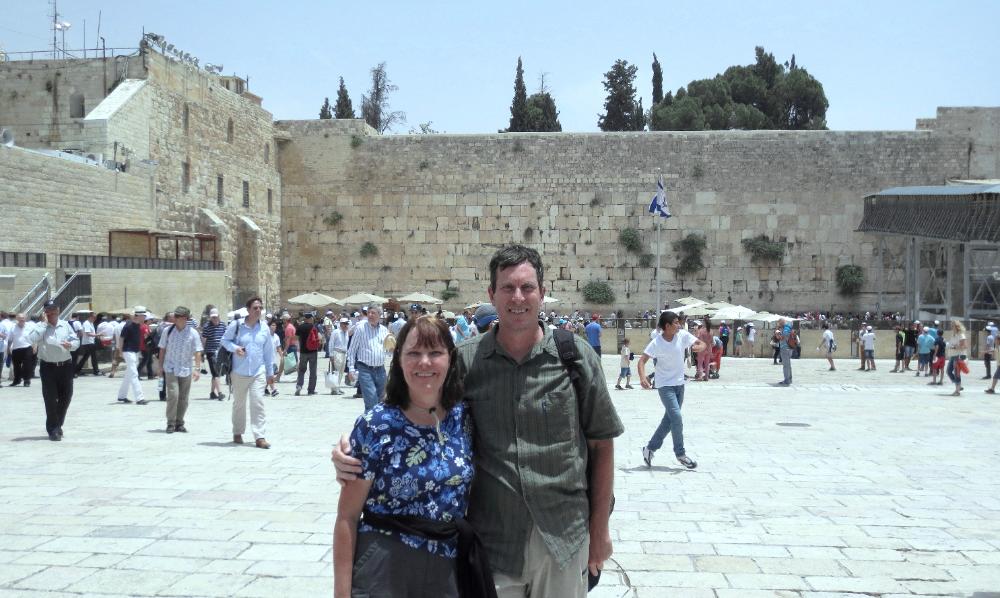
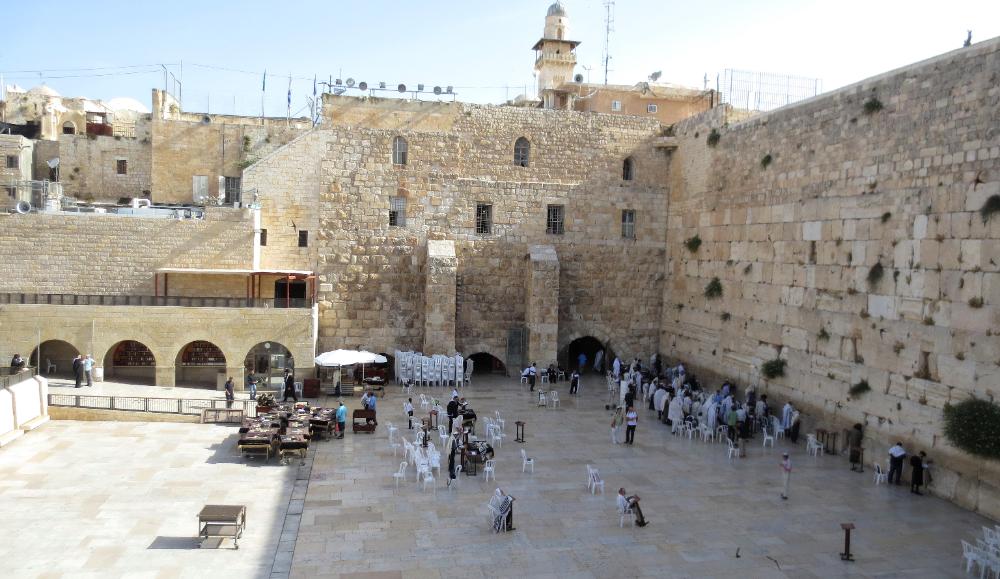
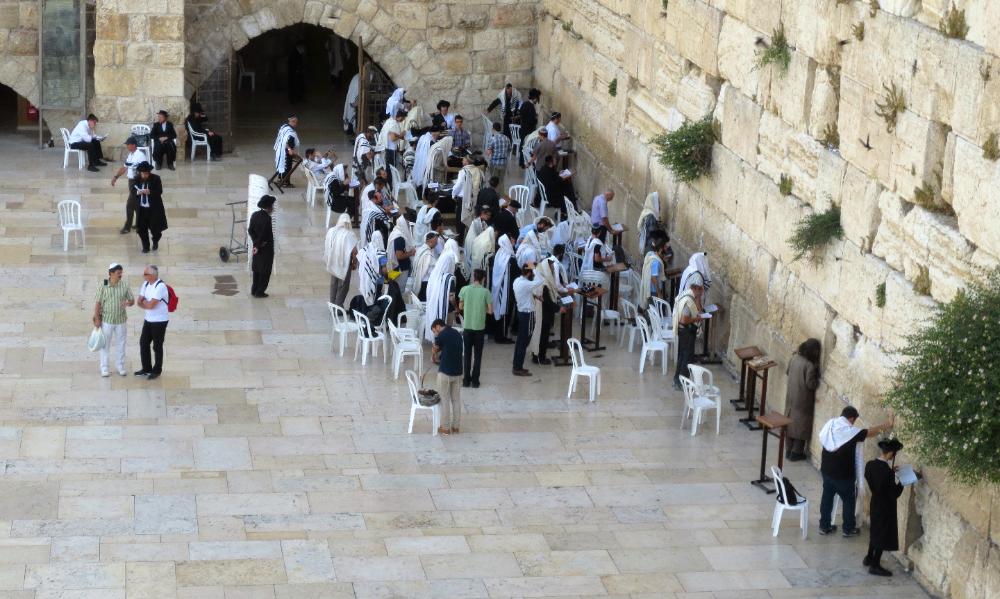
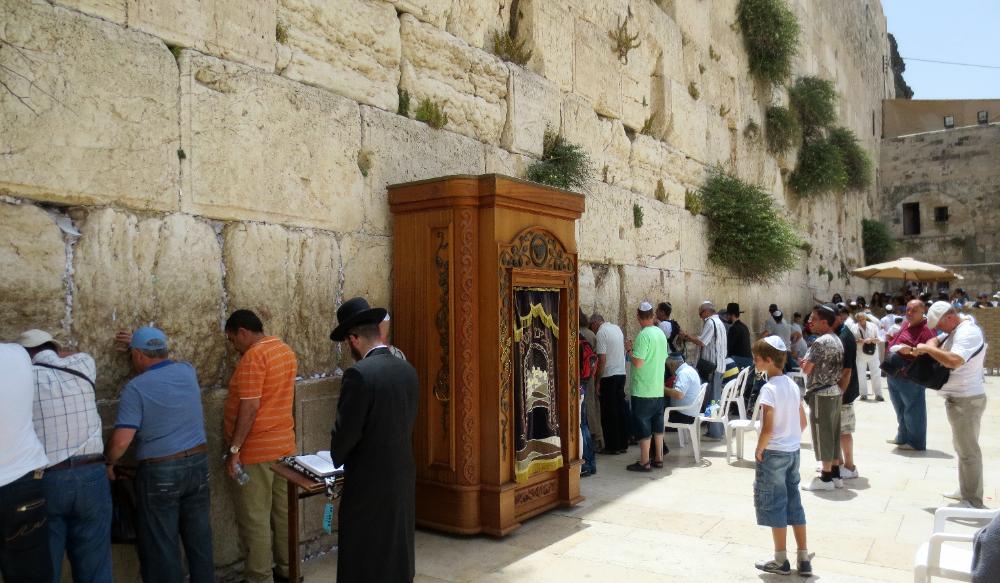
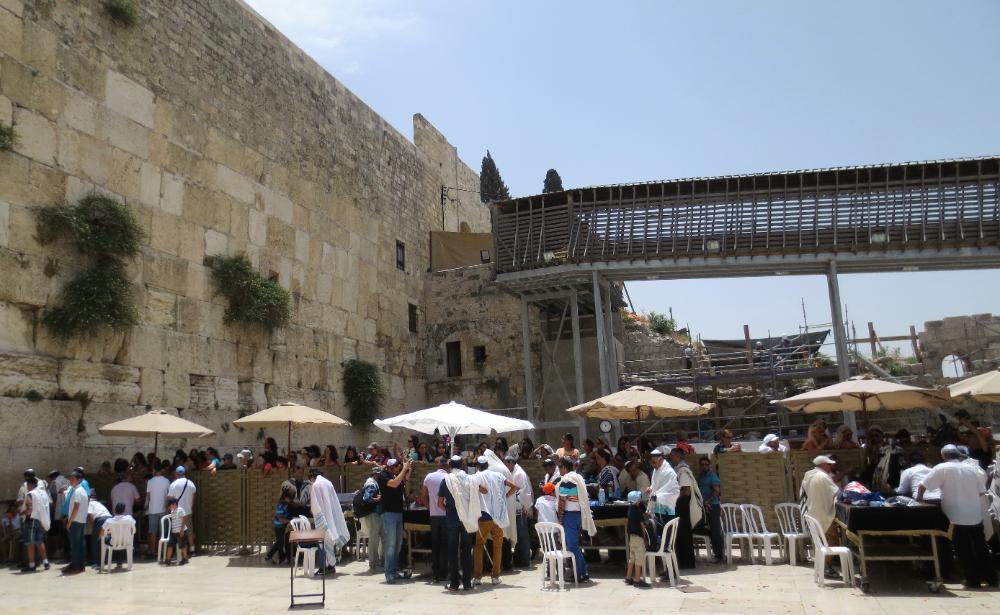
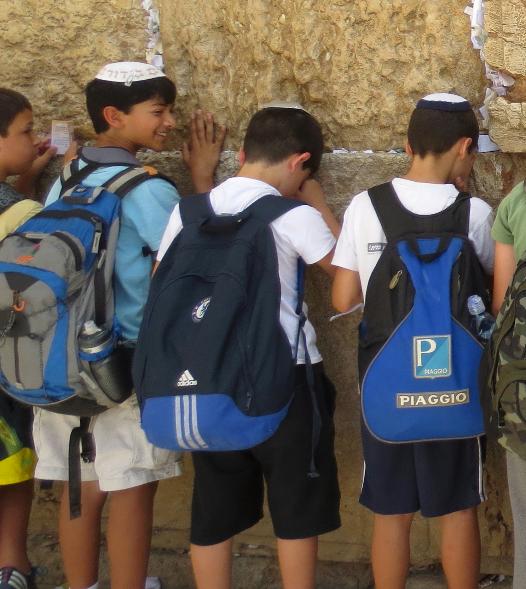
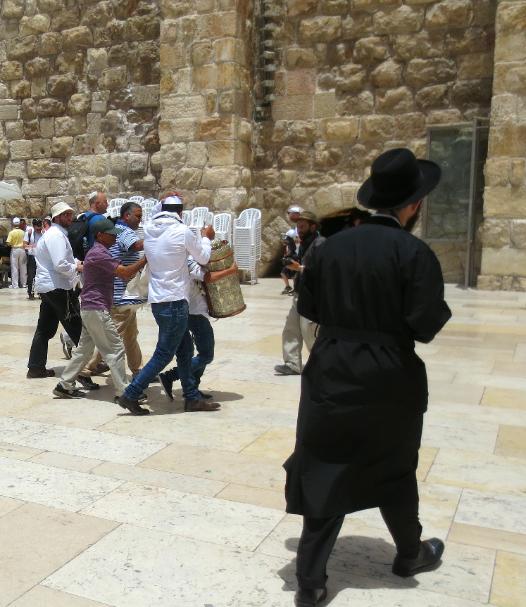
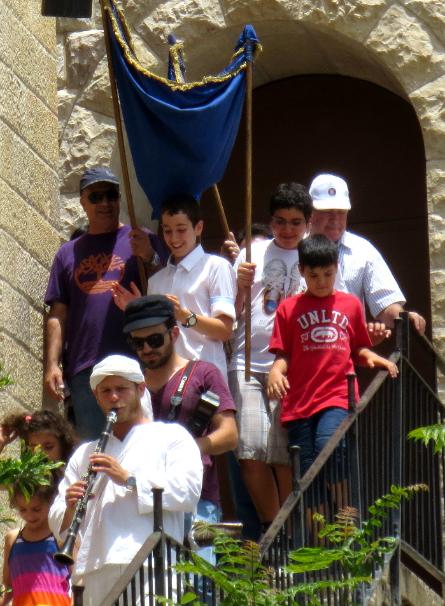
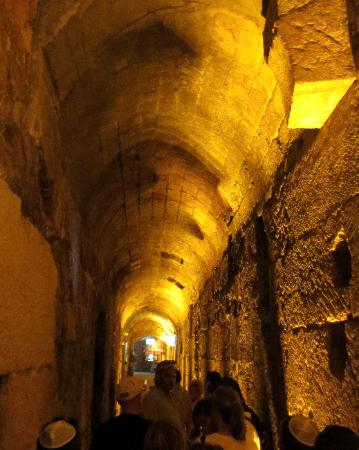
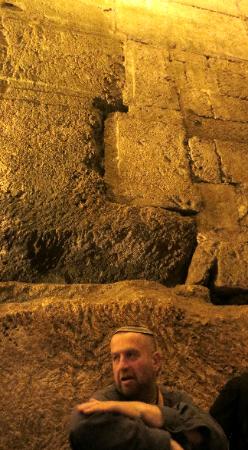
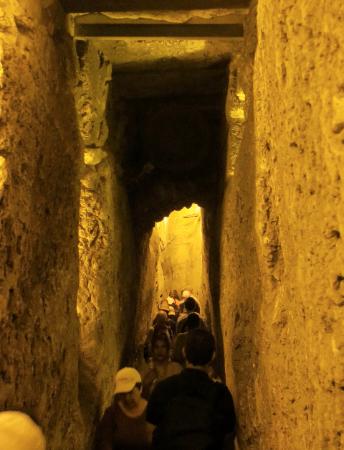
| Every Friday night there's a huge Shabbat celebration at the Western Wall |
| Jewish Quarter -- Jerusalem, Israel |
It was 7:30 on a Friday evening and the Western
Wall was packed with people celebrating
Shabbat. What a sight! Hundreds of Jewish
worshippers singing, chanting, and dancing. I
took a few pictures before realizing it was
Shabbat and pictures weren’t permitted (since
it involves pressing a camera button), so we
enjoyed the rest of the evening with just our
eyes. We saw masses of black-clad Hasidic Jews
bowing and praying in front of the wall, and
multiple bar-mitzvahs in full swing with people
singing with gusto and dancing in a circle. I put
on a yarmulka and threw myself into the fray.
Walking amongst the different groups was like
visiting a dozen different parties at once, some
solemn, some joyous, and some downright
raucous. I tried to approach the Wall itself but a
human wall of black-clad Jews made it all but
impossible to get in close without some serious
elbowing. A man at the center of one circle of
celebrants urged me to join in, put my arms
around my brothers’ shoulders, and dance. Next
thing I knew I was dancing and humming along
with complete strangers! It didn’t last for long
but it was my favorite memory of Jerusalem.
Wall was packed with people celebrating
Shabbat. What a sight! Hundreds of Jewish
worshippers singing, chanting, and dancing. I
took a few pictures before realizing it was
Shabbat and pictures weren’t permitted (since
it involves pressing a camera button), so we
enjoyed the rest of the evening with just our
eyes. We saw masses of black-clad Hasidic Jews
bowing and praying in front of the wall, and
multiple bar-mitzvahs in full swing with people
singing with gusto and dancing in a circle. I put
on a yarmulka and threw myself into the fray.
Walking amongst the different groups was like
visiting a dozen different parties at once, some
solemn, some joyous, and some downright
raucous. I tried to approach the Wall itself but a
human wall of black-clad Jews made it all but
impossible to get in close without some serious
elbowing. A man at the center of one circle of
celebrants urged me to join in, put my arms
around my brothers’ shoulders, and dance. Next
thing I knew I was dancing and humming along
with complete strangers! It didn’t last for long
but it was my favorite memory of Jerusalem.
| To the far left is the Western Wall with the golden Dome of the Rock behind it. The covered wooden bridge leads up to the Temple Mount and is the only permitted approach for non-Muslims to the Dome of the Rock. To the right are security stations to get to the Wall or the Dome of the Rock. |
| For most Jews, this is their most sacred site other than the Temple Mount itself, and on a Friday evening, as the sun sets and Shabbat begins, you can see huge crowds gather, not to mourn, but to celebrate |
| The Western Wall is packed with men each Friday evening celebrating the beginning of the day of rest (Shabbat). Women celebrate separately to the right along a smaller part of the wall. |
| On any other day but Friday evening, the Western Wall is much more accessible and not nearly so crowded -- but also not quite so much fun! |
| On a different occasion, as we crossed the wooden bridge leading up to the Temple Mount and Dome of the Rock, we were able to get this unusual view of the Western Wall early in the morning |
| Closer view looking down from the wooden bridge |
| Men approach the Wall with reverence, often bowing or resting their heads against it |
| Beyond the fence is the women's side of the Wall, which is much smaller and can get quite crowded |
| People write prayer notes and stuff the pieces of paper into niches in the Wall. More than a million notes are placed each year! |
| We saw at least half a dozen Bar Mitzvahs as boys turning 13 celebrated their coming of age. In many cases a professional photographer or videographer was on hand to capture the event. |
| At Zion Gate, you can still see the bullet holes that resulted from the Israeli assault in May 1948 during the independence war |
| Just outside Zion Gate is the lovely Dormition Abbey, which according to tradition is the spot where the Virgin Mary died |
| King David plays his lyre against the golden backdrop of Dormition Abbey |
| Connected to Dormition Abbey is a room on the upper floor called the Cenacle. Tradition has it this is the site of the Last Supper. This is also said to be the usual place the Apostles stayed when they were in Jerusalem. |
| On the lower level of the same building is this large sarcophagus which is traditionally considered to be the tomb of King David. However, this claim, which began in Crusader times, is now considered doubtful. |
| In this one image you can see a church, a mosque, and a synagogue, which is symbolic in a way of Jerusalem itself, which is considered holy by Christians, Muslims, and Jews |
| We also took a fascinating Western Wall Tunnel Tour late one evening. The tunnel, which runs adjacent to the Western Wall, exposes the Wall's full length, much of which is otherwise hidden beneath buildings. |
| Another important site in the Jewish Quarter is the Cardo -- Jerusalem's primary road in Roman times. A few pillars and paving stones still remain below the modern street level. The painting recreates what it may once have looked like. Note the modern boy in the painting receiving a gift (bottom right). |
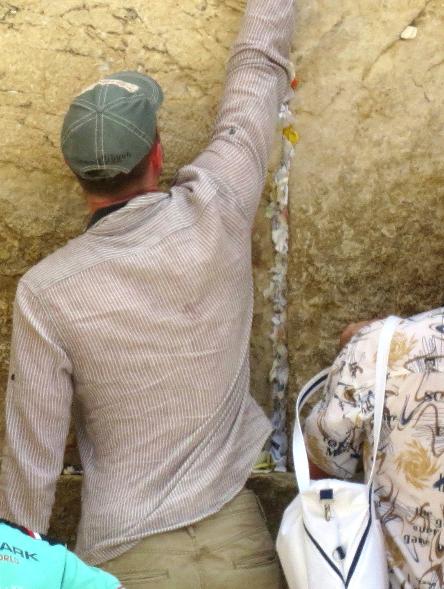
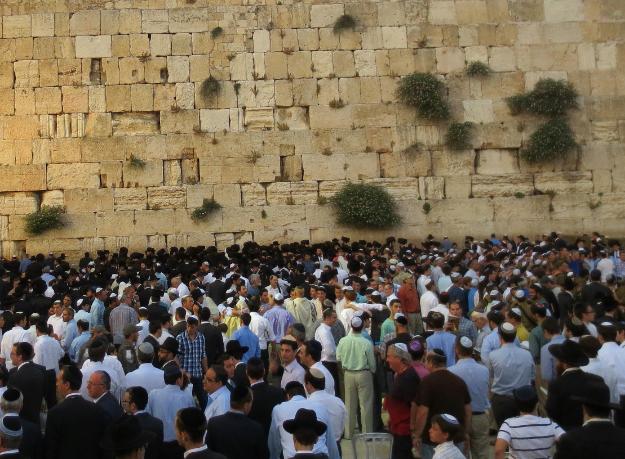
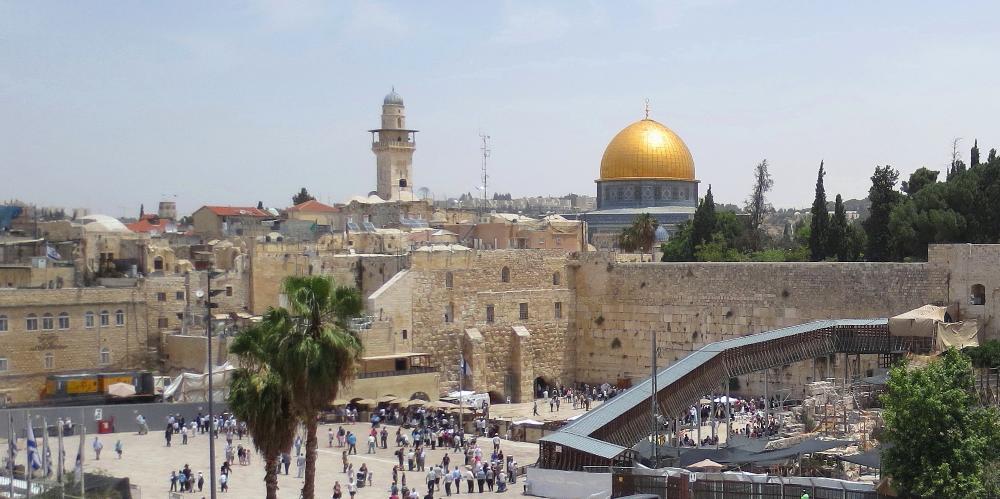
| The Western Wall is also sometimes called the Wailing Wall because it was the closest Jews could approach to the Temple Mount to mourn the destruction of the Second Temple, destroyed in 70 AD |